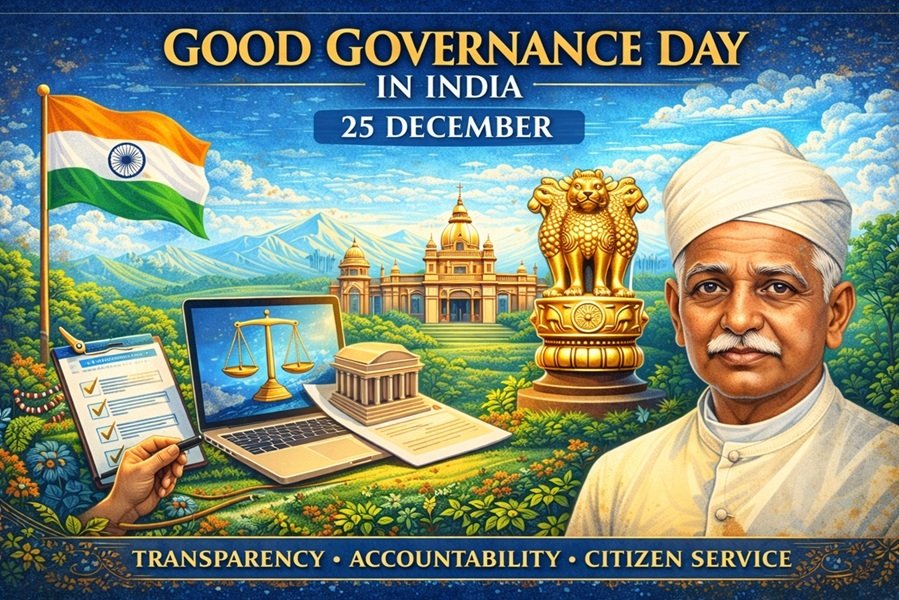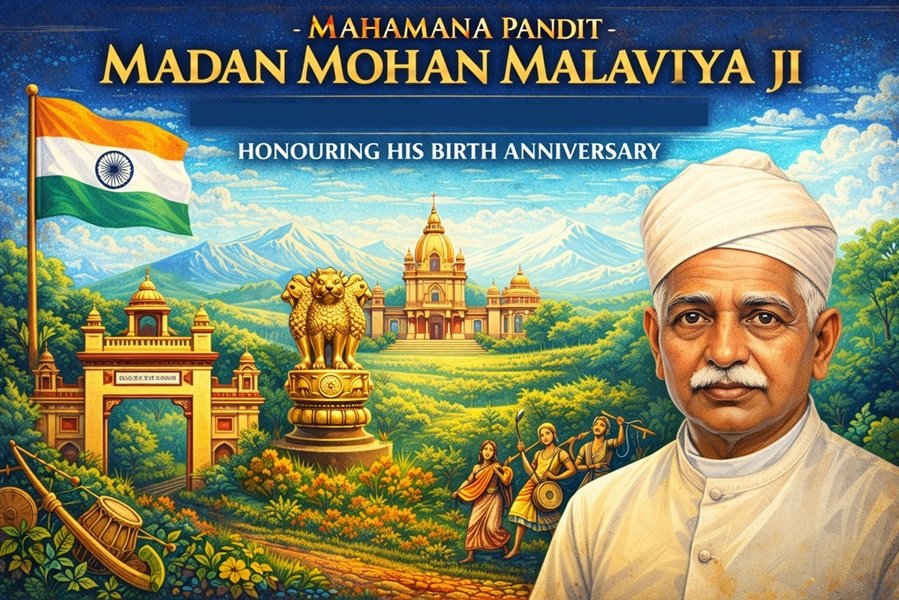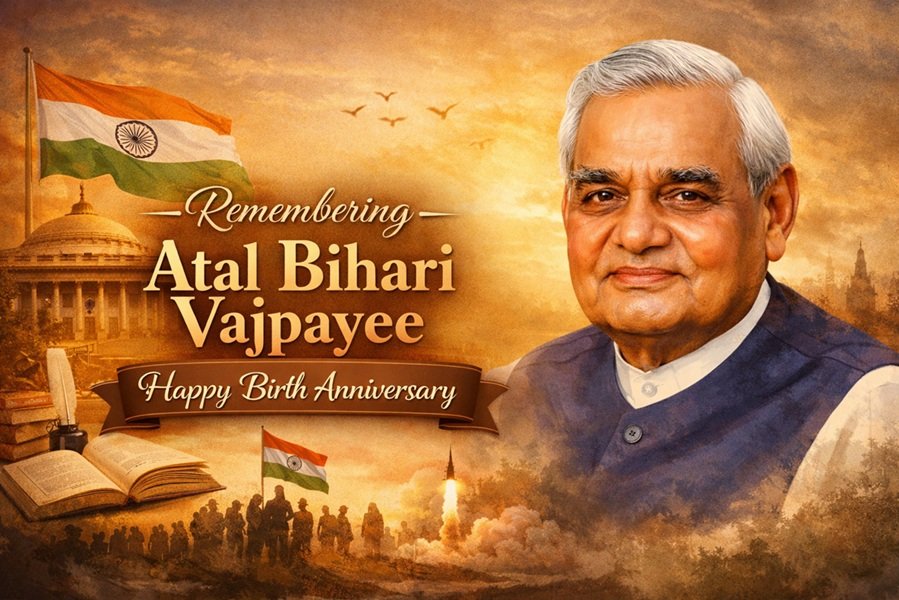
The terms “Union” and “Federal” are often used to describe political systems that distribute power between a central authority and smaller political units, such as states or provinces. However, the extent and nature of this distribution differ significantly in a union and a federal system. This distinction is crucial in understanding the political framework of a country.
What is a Union System?
A union system emphasizes the unity of the state, where the central authority holds significant power. The term “Union” suggests an indestructible entity where smaller units, such as states, do not possess inherent sovereignty. Instead, their powers are derived from the central authority or constitution. The primary objective of a union is to maintain national integrity and centralized governance.
Key Features of a Union System:
- Centralized Authority: The central government wields significant power, and states or provinces have limited autonomy.
- Indestructible Unity: The smaller political units cannot secede from the union.
- Single Constitution: A uniform legal framework governs the entire nation.
- Flexibility: The central authority can reorganize states or alter their powers as necessary.
Example:
India, as described in Article 1 of the Constitution, is a “Union of States.” The states have no right to secede, and their boundaries or powers can be altered by Parliament under Articles 2, 3, and 4.
What is a Federal System?
A federal system is based on the principle of shared sovereignty, where the central government and constituent units (states or provinces) operate within their respective spheres of power. This arrangement ensures that both levels of government derive their authority directly from the constitution, making them relatively autonomous.
Key Features of a Federal System:
- Dual Sovereignty: Both the central and state governments have powers enshrined in the constitution.
- Rigid Constitution: Amendments affecting the division of powers usually require consent from both levels of government.
- Independent Judiciary: A robust judiciary resolves disputes between the central and state governments.
- Limited Central Interference: The central government cannot unilaterally alter state boundaries or their powers.
Example:
The United States is a classic example of a federal system. The Constitution explicitly delineates powers between the federal government and the states, ensuring mutual independence.
Differences Between Union and Federal Systems
| Aspect | Union System | Federal System |
|---|---|---|
| Sovereignty | Centralized; states derive authority from the center. | Shared; both central and state governments have constitutional authority. |
| Constitution | Single, flexible constitution. | Rigid constitution with a clear division of powers. |
| State Autonomy | Limited; states are subordinate to the center. | Significant; states operate within their own spheres. |
| Right to Secede | Not allowed. | Generally not allowed, but states have significant powers. |
| Judiciary | Centralized judiciary. | Independent judiciary to arbitrate disputes. |
| Example | India, United Kingdom. | United States, Australia. |
India: A Unique “Union of States”
The Indian Constitution blends elements of both union and federal systems. While it describes India as a “Union of States,” it incorporates federal features like the division of powers, independent judiciary, and bicameral legislature. At the same time, India retains a strong central authority, especially during emergencies (Articles 352, 356, and 360), making its federalism asymmetrical.
Federal Features in India:
- Division of powers (Seventh Schedule).
- Independent judiciary (Article 131).
- Bicameral legislature with state representation (Rajya Sabha).
Unitary Features in India:
- States have no right to secede.
- Central government can alter state boundaries (Article 3).
- Strong central authority during emergencies.
Conclusion
The distinction between union and federal systems lies in the distribution and exercise of power. A union system emphasizes a strong, centralized authority to ensure national unity, whereas a federal system prioritizes the autonomy of constituent units. India’s unique blend of these systems reflects its diverse socio-political realities, balancing the need for central authority with regional autonomy.





